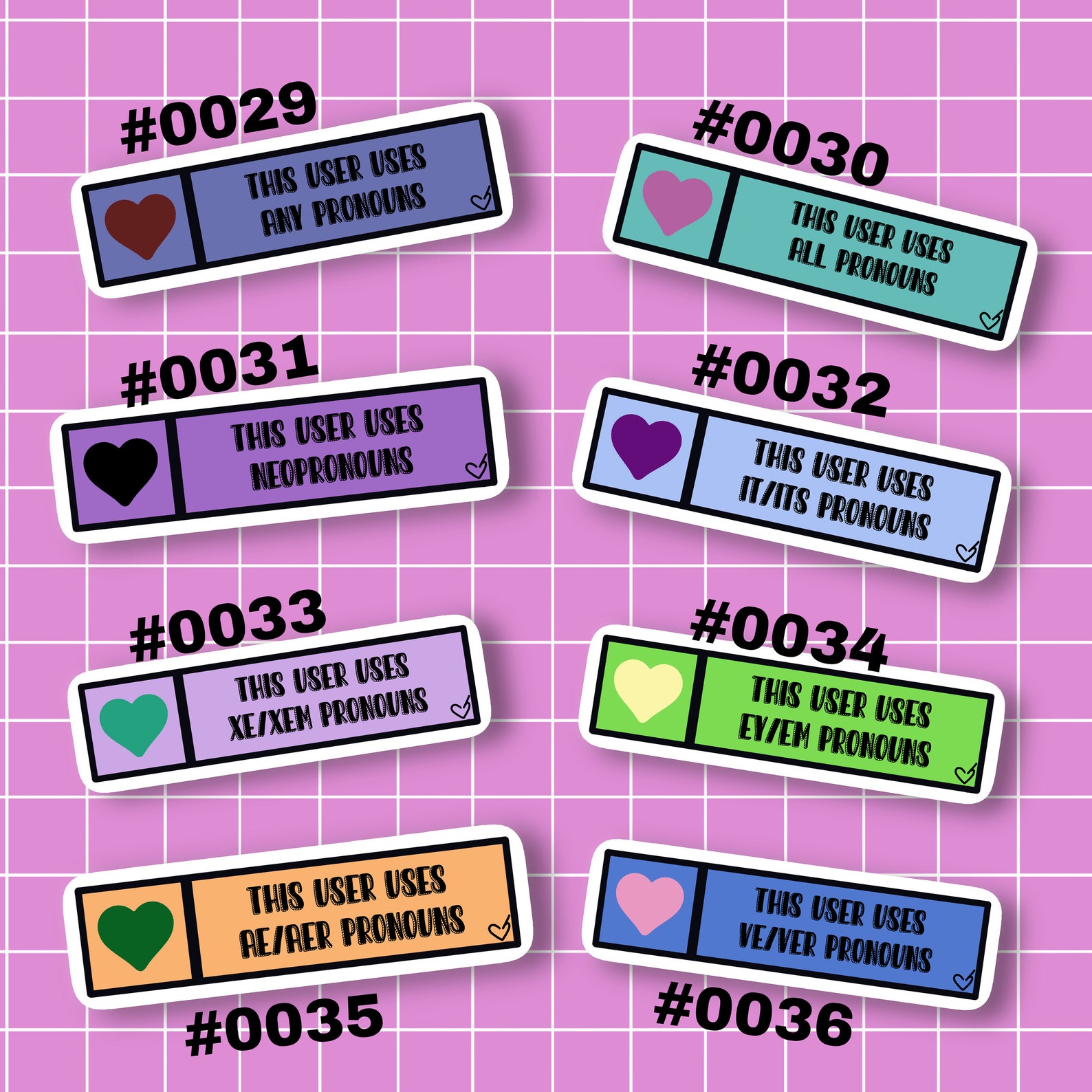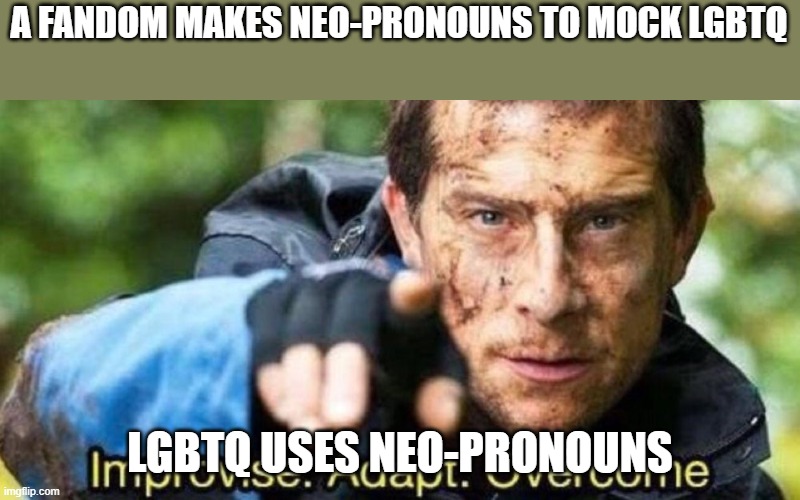

Reading about neopronouns the first time can be hard to navigate or possibly overwhelming. When slang words like “ omg,” “ no kid,” and “ dope” are made up and accepted collectively, then why not neopronouns? Although using singular “ they” pronouns helped people break out of the gender binaries, they still limited gender identity to three pronoun categories. Language changes globally and across various social groups. Language is constantly evolving, and with the increase in awareness and acceptance of gender beyond the conventional binary of “ male” and “ female,” people are beginning to prefer pronouns that do not box them into a default set of gender roles and those which help them to adequately express the nuances of their gender identity. Image: Homegrown Are made-up pronouns valid? An existing word, or a newly made-up word, is drafted into the use of a pronoun.

Neo pronouns mean precisely that – new pronouns. Neopronouns are also called noun-self pronouns or gender-neutral pronouns. Here’s the catch though – all neopronouns are made up. Neopronouns are small sets of words that indicate a person without revealing the gender. Gender-neutral pronouns have been widespread throughout the history of literature and the queer community. But what are neopronouns? Moreover, they/them pronouns are also used to refer to a person who wishes to not reveal their gender. Not everyone who uses they/them pronouns are gender non-conforming. It is crucial to understand that pronouns are not equal to gender. It is also a gender-neutral pronoun used by an individual who falls outside the binary of gender. We know the plural third-person pronoun, commonly used to refer to a group of people – “ They”. They might be crazy, but they is my family.”


She is an artist they are partying he likes to cook and, of course, as in the song lyrics, Mother Mother sang, “ they is my family. Small sets of words (like she, he, it, we, you, and they) are used to address a person or a group of people. Pronouns are words that take the place of a noun to indicate a person, place, or thing.


 0 kommentar(er)
0 kommentar(er)
